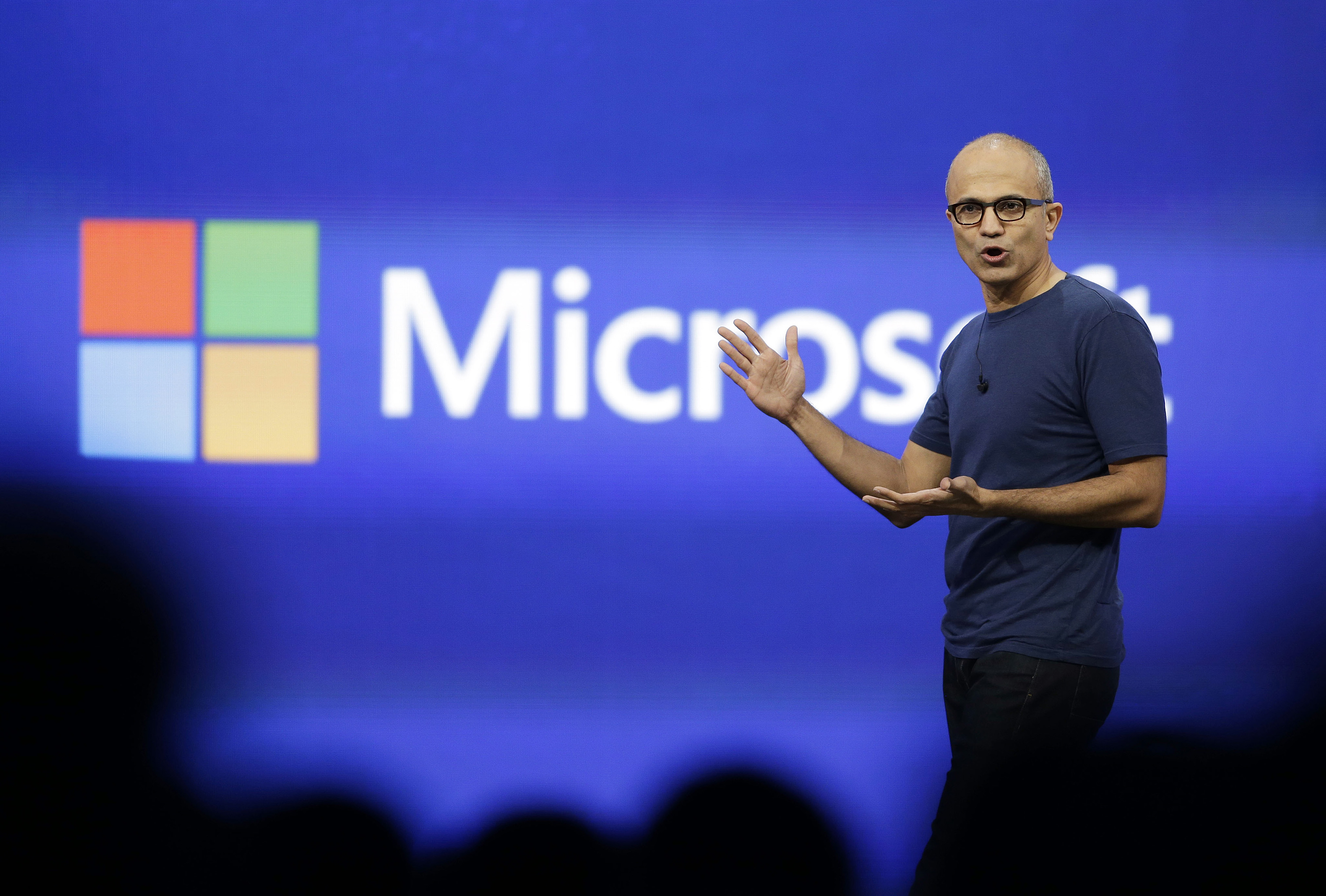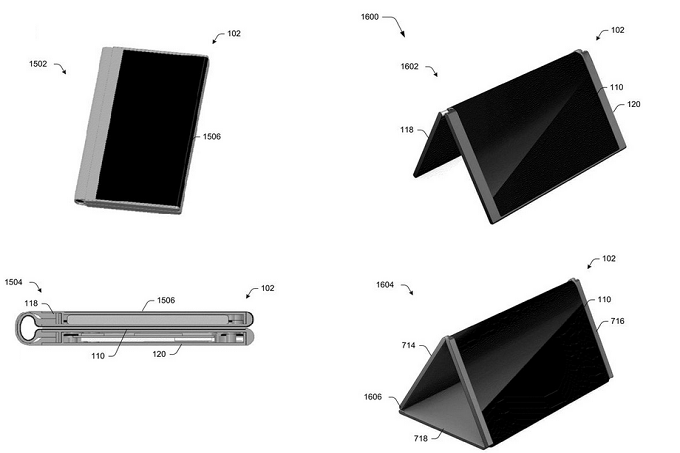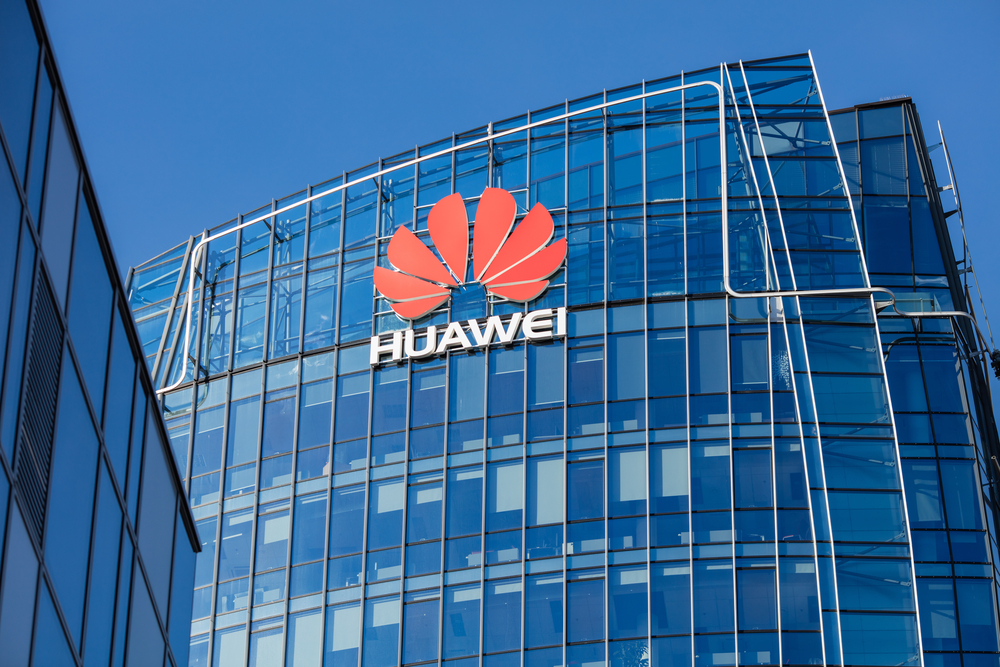Notepad++ is probably one of the most popular source code editors for Microsoft Windows, and there are some who say that it’s the closest you can get on Windows to the kind of text editors that developers use when working with Unix desktop environments. As a result, many programmers have come to use it as their primary coding app.
What some might not realize, though, is that Notepad++ has regular updates provided for it fairly regularly. In fact, users are now being encouraged to update to version 7.5.7 in order to take advantage of a large number of bug fixes that this new update comes with.
Updated versions of the software will no longer hang when shutdown with an absent backup file. They’re able to sort line numbers naturally parse long paths in the Open File dialog box. Perhaps most important, JavaScript function lists now work perfectly, which is important for those who plan to use Notepad++ for any sort of web development.
UDL export extension problems that plagued some users are now completely gone, as are those related to big icon tool display features. As a result, this version is more suitable for use with larger resolution monitors running Windows 10 in any of the heftier image-laden modes.
While Microsoft Windows is a commercial operating system, Notepad++ itself is licensed under version two of the GPL. This makes it free to download under the same rules that govern countless modern open-source products.
Prebuilt binaries are currently being offered for both the 32-bit x86 architecture as well as computers driving 64-bit x86_64 microprocessors. While Notepad++ isn’t quite as lightweight as the original Notepad app that comes with Windows, the fact that it isn’t as heavy as some larger IDE programs makes it attractive for development on older machines. The fact that there’s an x86 version available for download should help to ensure it’s popularity among these kinds of developers.
Users who are concerned about downloading any sort of executable from the web can compute checksums and test them against the included digests. The download page currently hosts SHA-1 and MD5 values for the software, which is important for those deploying software in a secured environment.















